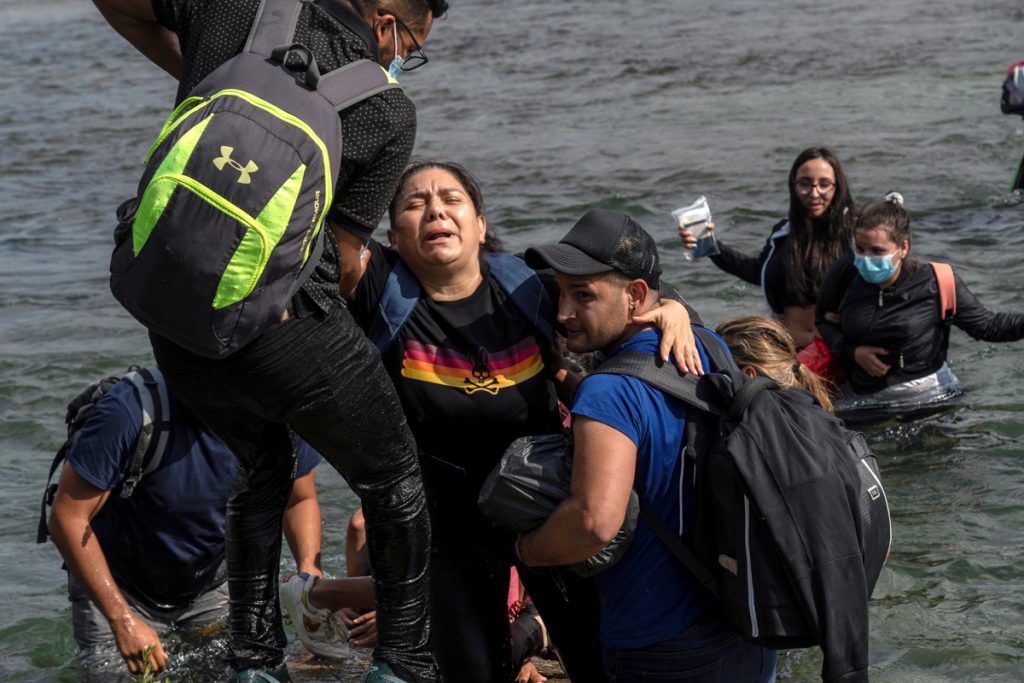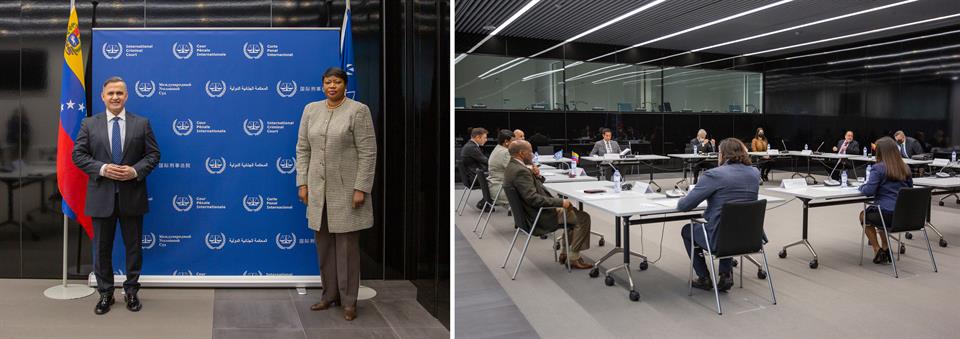Another International Women’s Day is coming. Once again, spaces are opened to review the situation of women and reflect on the effectiveness of the measures taken by public and private organizations and NGOs in the task of closing the historical gaps between women and men.
Several organizations, including the ECLAC, United Nations, UN Women, Oxfam International, ILO, WHO, IDB, World Bank, World Economic Forum and UNESCO, have extensively documented the consequences of sexist oppression experienced by the majority of women. The figures are devastating. Progress is very slow and to date, we are not guaranteed physical, economic or political autonomy in any country in the world. I have compiled a summary of the situation with information collected from different official reports issued between 2019-2022.
Little physical autonomy
Worldwide, one in three women suffers or will suffer from gender-based violence at some point in her life. The most common type of violence against women worldwide is physical violence inflicted by an intimate partner. At least 6 in every 10 women are beaten, forced to have sex, or otherwise abused by their partner in their lifetime. It is estimated that 1 in 5 women in the world will be the victim of rape or attempted rape. Between 40% and 50% of women in the European Union have stated that they have suffered some type of sexual harassment in their workplace.
More than half (56%) of the 81,000 women and girls murdered in 2021 across the world were killed by their partners or other family members. 80% of the cases of murder by a partner are committed by men. In the most extreme cases, violence against women is lethal: globally, an estimated 137 women are killed every day by their partner or family member. Legislation to address domestic violence is not yet universally available, and only 153 countries enforce a law against this issue. Across the world, 38% of women who die do so due to gender-based violence.
Only 50% of women can choose to use contraceptive methods or refuse to have intimate relations. 20% of women between the ages of 20 and 24 got married before or at age 18. And 1 in 9 get married before turning 15. In 20 years, teenage pregnancy has been reduced by barely 27%. A woman dies every minute somewhere on the planet from complications during her pregnancy or delivery. Girls under the age of 15 are 5 times more likely to die in childbirth than women in their 20s. While female genital mutilation is becoming less common in some countries, there are 200 million girls and women who have been subjected to this specific form of violence in Africa and the Middle East.
4.5 million people have been victims of forced sexual exploitation across the world, 90% of them women and girls. Some 800,000 people are victims of human trafficking every year. Around 80% of the victims of transnational trafficking are women and girls, and up to 50% of them are minors. It is estimated that 72% of the world’s 33 million refugees are women and girls.
Little economic autonomy
Only 47% of the world’s women are employed (a figure that has barely changed over the last 25 years), compared to 74% of men. For every economically inactive man, there are two women in the same situation. Unpaid care and domestic work still fall disproportionately on women, limiting their economic potential. Women around the world spend an average of three times as many hours on unpaid care and domestic work each day as men (4.2 hours compared to 1.7).
UN Women declared that International Women’s Day 2023 would be dedicated to the fight for an inclusive digital world, under the motto “DigitALL: Innovation and technology for gender equality”, given that women continue to be underrepresented in the fields of science, technology, engineering and mathematics, accounting for just over 35% of graduates in these areas. Women are also a minority in the areas of scientific research and development, representing less than a third of the world’s researchers. Only 48% of women have access to or use the internet, compared to 58% of men. In Latin America and the Caribbean, women represent 60% of university graduates, with 30% of graduates in STEM (science, technology, engineering and mathematics) careers.
It is estimated that two-thirds of the 776 million illiterate adults in the world are women. In developing countries, around one in five girls who start primary school do not get to finish it. While 30% of women are linked to care sectors such as education, health, and domestic service, only 6% of men do so.
More than 1.2 billion people continue to survive on less than one US dollar a day. Women account for 70% of the people living in poverty across the globe. In developing countries, the percentage of land owned by women does not reach 2%. Only 65% of women have access to financial services, compared to 72% of men.
Globally, only 21% of management positions are held by women. Only 4.6% of women are CEOs and 19.2% are directors. Across all regions and sectors, women’s wages are on average 24% lower than men’s. The wage gap could take more than 75 years to disappear. The labor gender gap in the Latin American and Caribbean region is one of the highest in the world. Women run just 2% of the world’s 500 largest companies.
In the Latin American region, barely 20% of senior management positions in public administration and 4.2% of CEOs of listed companies are women. Women in senior positions were found only in 21.4% of 14,412 companies studied and, when they do reach management positions, women tend to be involved in support roles such as human resources directors or financial directors.
2.4 billion women of working age do not enjoy equal economic opportunities, and 178 countries continue to have legal barriers that prevent women from fully participating in the economy. 153 countries have laws that economically discriminate against women. In 18 of these countries, husbands can legally prevent their wives from working. In 86 countries, women face some type of employment restriction, and 95 countries do not guarantee equal pay for work of equal value. Around the world, 118 countries guarantee 14 weeks of paid leave for mothers; half of this number provide paid leave for fathers, but the average length for them is only one week.
The findings of a recent study by the ILO suggest that women endure worse employment conditions in terms of qualification, discretion and prospects. The quality of employment in these dimensions is 6 to 9 percent worse than in the case of men with similar characteristics (age, education, tenure, occupation and sector).
Little political autonomy
Regarding political life, although the representation of women in parliament has doubled globally, it has not yet crossed the barrier of 25% of parliamentary seats. Only 13 countries are headed by a female head of state, and only 15 countries have female heads of government. Only 21% of those who held ministries in 2022 were women, and only in 14 countries have government cabinets reached 50% or more in the representation of women. At the municipal level, women lead 34% of local governments.
Globally, women still have access to only three-quarters of the rights granted to men. Only 12 countries, all of them members of the Organization for Economic Cooperation and Development (OECD), have legal parity between genders. In Latin America and the Caribbean, women have access to less than three-quarters of the legal rights granted to men.
Women around the world remain at risk
Progress toward equal power and rights for women remains elusive. If we disaggregate these figures by age, sexual orientation, race, disability and other sources of discrimination, the gaps are even wider; and even then, the situation is not considered a global emergency. According to these grim estimates, we will have to “mark” a women’s day every March 8th for 150 more years. Should we have to wait that long?
Translated by José Rafael Medina



